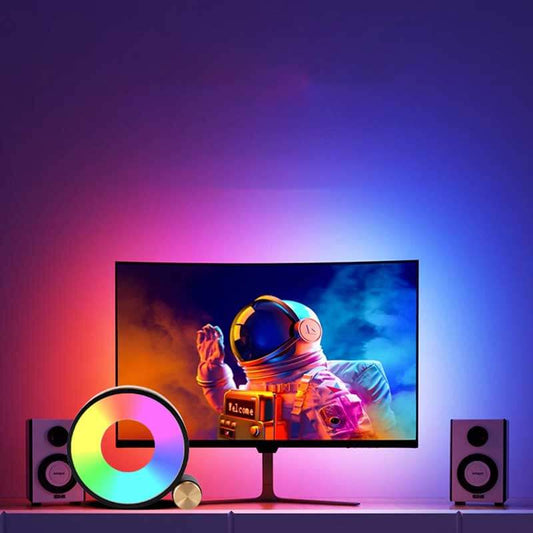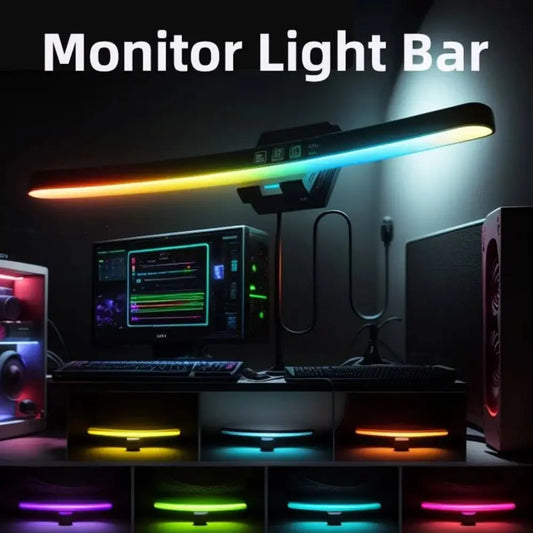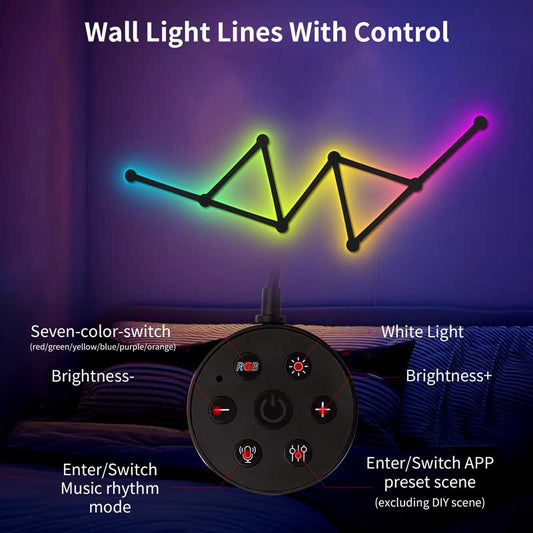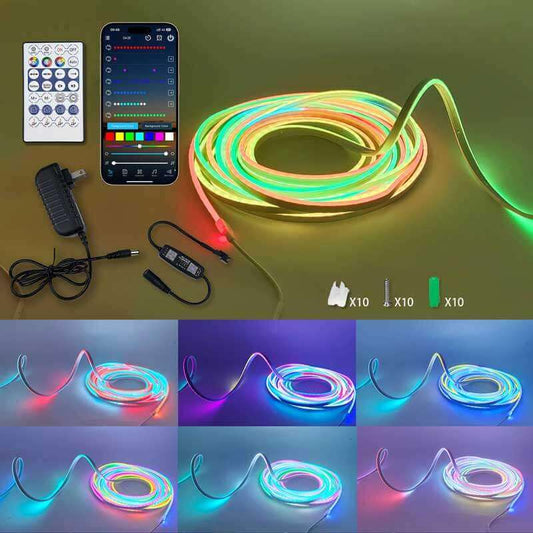How do I reduce input lag on my gaming PC?
Partager
Reducing input lag on your gaming PC is crucial for achieving smooth, responsive gameplay, especially in fast-paced games. Input lag refers to the delay between pressing a button or moving the mouse and seeing the corresponding action on the screen. Here are several ways to reduce input lag and improve your gaming experience:
1. Use a High Refresh Rate Monitor
- Why it helps: A monitor with a high refresh rate (120Hz, 144Hz, or 240Hz) can display more frames per second, reducing the time delay between input and on-screen action. If your monitor only supports 60Hz, upgrading to a higher refresh rate can dramatically improve responsiveness.
- Action: Check if your current monitor supports a higher refresh rate and, if possible, upgrade to a 144Hz or 240Hz model for smoother gameplay.
2. Enable V-Sync or G-Sync/FreeSync
- Why it helps: V-Sync synchronizes the frame rate of your GPU with the refresh rate of your monitor, reducing screen tearing, which can contribute to input lag. G-Sync (for NVIDIA) and FreeSync (for AMD) provide dynamic synchronization, improving responsiveness without sacrificing visual quality.
- Action: Enable V-Sync in your game settings or use G-Sync/FreeSync if your monitor and GPU support it. G-Sync and FreeSync are better than V-Sync in reducing input lag, especially during intense gaming sessions.
3. Optimize Graphics Settings
- Why it helps: High graphical settings can cause your GPU to struggle, resulting in lower frame rates and increased input lag.
- Action: Lower your game’s graphics settings (such as resolution, texture quality, and shadows) to improve frame rates. Enabling frame rate caps or unlimited FPS settings can also prevent bottlenecks and improve responsiveness.
4. Reduce Latency via Mouse and Keyboard Settings
- Why it helps: Gaming peripherals with high polling rates (measured in Hz) can reduce input lag by ensuring that movements and key presses are transmitted faster to your PC.
- Action: Use a gaming mouse and keyboard with a high polling rate (1000Hz or more) for faster input recognition. You can adjust polling rates in the device’s software.
5. Enable Low Latency Mode (NVIDIA or AMD)
- Why it helps: Both NVIDIA and AMD offer settings in their control panels that reduce input lag by optimizing GPU settings.
- Action: For NVIDIA users: Enable Low Latency Mode in the NVIDIA Control Panel under "Manage 3D Settings." For AMD users: Enable Radeon Anti-Lag in the AMD Radeon Settings for reduced latency.
6. Use a Wired Connection
- Why it helps: Wireless connections (Wi-Fi, Bluetooth) can introduce delay due to signal interference and bandwidth limitations.
- Action: Use a wired mouse, keyboard, and headset for a more stable and faster connection compared to wireless devices.
7. Close Background Applications
- Why it helps: Running background processes can consume CPU, GPU, and memory resources, leading to lag or stuttering during gameplay.
- Action: Close any unnecessary applications while gaming, including web browsers, media players, and system updates. This frees up system resources and reduces input lag.
8. Adjust Your System’s Power Settings
- Why it helps: Some power settings may throttle your CPU or GPU performance to save energy, which can cause lag.
- Action: Set your power plan to High Performance in Windows settings (Control Panel > Power Options). This will ensure that your CPU and GPU run at their full potential without power-saving restrictions.
9. Update Drivers
- Why it helps: Outdated or incompatible drivers can increase input lag by affecting how your hardware communicates with your operating system and games.
- Action: Ensure that your GPU drivers (NVIDIA or AMD), mouse and keyboard drivers, and other hardware drivers are up to date. You can check for updates through the NVIDIA GeForce Experience or AMD Radeon Software, or directly from the manufacturer’s website.
10. Use Game Mode in Windows
- Why it helps: Game Mode prioritizes gaming applications over background tasks, reducing latency and improving performance.
- Action: Turn on Game Mode in Windows 10/11 by going to Settings > Gaming > Game Mode. This ensures that your system allocates more resources to your game.
11. Reduce Resolution or Use Full-Screen Mode
- Why it helps: Running a game in windowed mode or at higher resolutions can introduce slight delays, especially on lower-end systems.
- Action: Play games in full-screen mode instead of windowed or borderless windowed mode to reduce input lag. You can also reduce the resolution to increase the frame rate and responsiveness.
12. Overclocking (Advanced)
- Why it helps: Overclocking your CPU and GPU can increase their clock speeds, resulting in better performance and reduced lag.
- Action: If you're comfortable with it, consider overclocking your CPU and GPU to achieve higher performance. Be mindful of temperatures and stability when overclocking.
YOUWEI TRADE Conclusion:
To reduce input lag, prioritize upgrading your monitor, optimizing your graphics settings, and ensuring your gaming peripherals have low latency. For the most responsive gaming experience, focus on achieving high frame rates, using wired connections, and minimizing background processes. Implementing these strategies can lead to a significant improvement in gaming performance, making your system more responsive and enjoyable to use.




